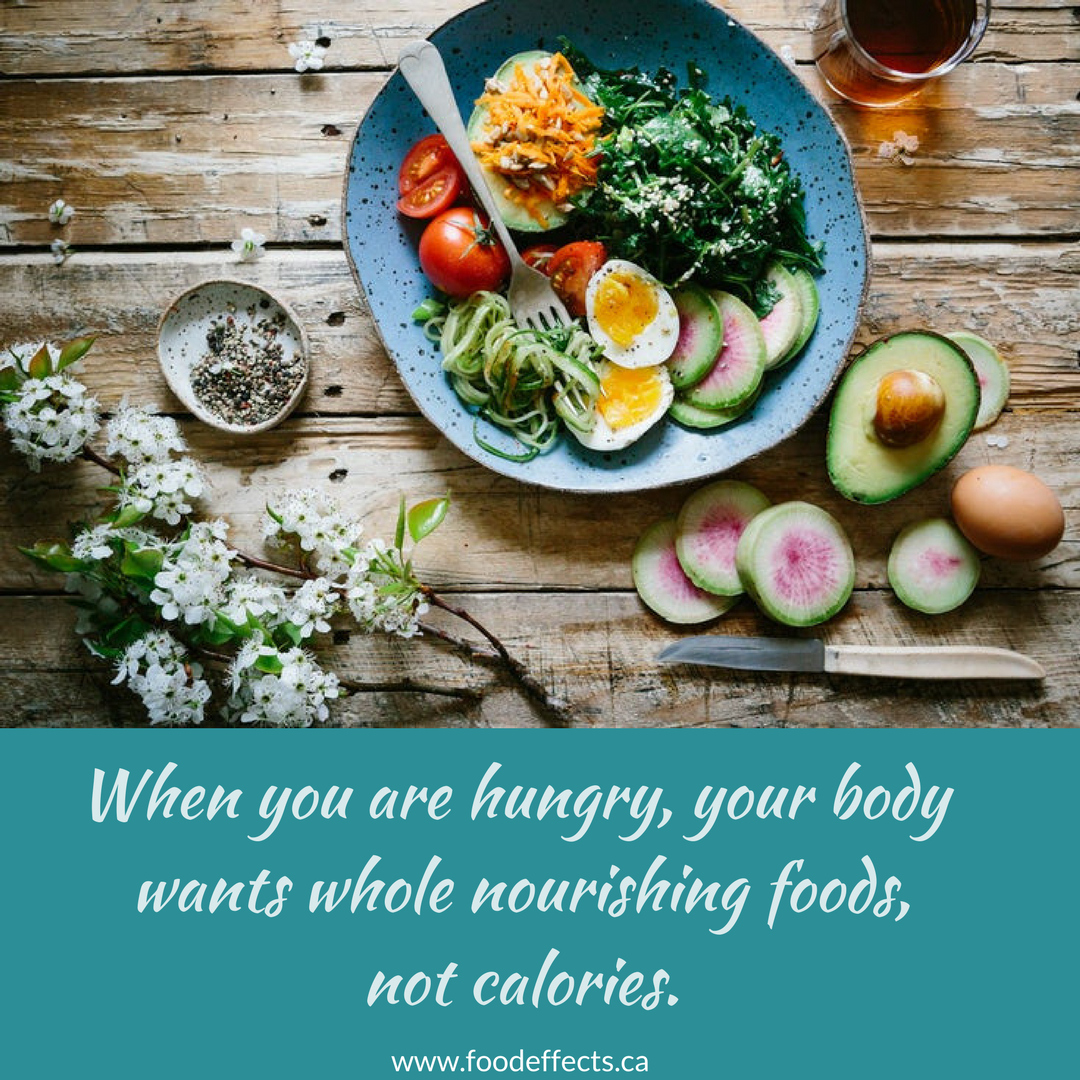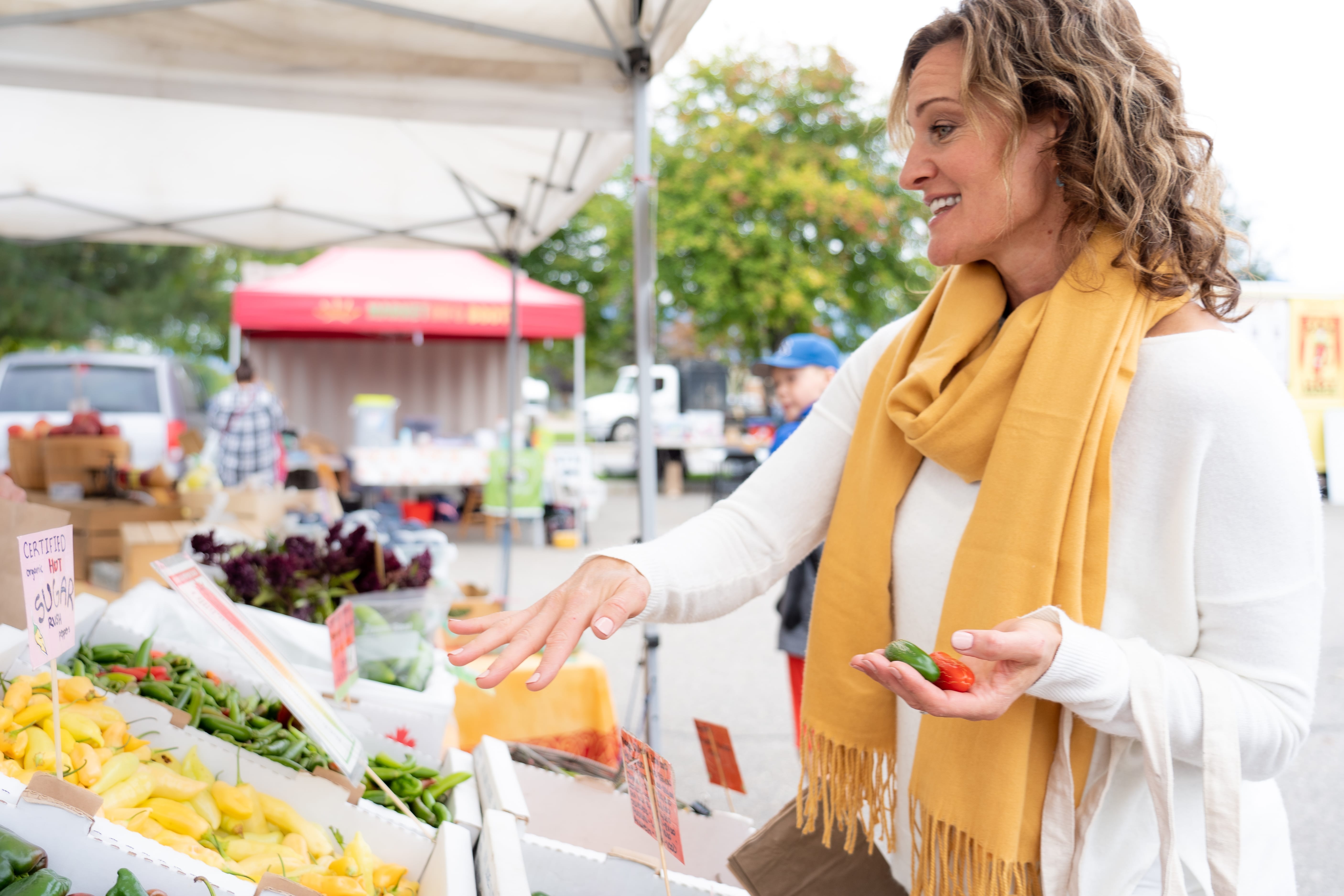Now that we’ve covered the basics of gut health, your gut microbiota and some of things that can harm it in this post, let’s get on to how we can support it.
With some diet and lifestyle changes, it may be easier than you think!
Think of your gut as a garden. You weed it, seed it, feed it, and protect it from harm as much as possible. Let’s treat our gut the same way.
Step 1. Weed
In a backyard garden we want a large variety of vegetables, herbs, fruits, and maybe some flowers. Weeds need to be pulled for the garden to grow. Same in your gut; pathogenic microbes act like weeds, so gotta go!
- Weeds compete with your food.
In the same way, pathogenic bacteria compete FOR your food and eat the nutrients intended for your cells.
- Weeds crowd out your crops’ space.
Pathogenic bacteria and yeasts crowd out your beneficial bacteria, keeping it weak and unable to implant, grow and flourish
- Weeds may contain toxic compounds that has a negative impact on plants and organisms around it.
Pathogenic bacteria and yeasts release endotoxins in their life cycle that increases your toxic burden, affecting the immune system, liver function and cellular health.
- Weeds are a problem that will only get worse.
If kept unchecked, pathogenic microbes will keep growing, spreading, and worsen the health of the individual in many ways.
To weed out the pathogenic microbes we must starve them of sugars and foods that quickly turn to sugar, refined grains and starches, most dairy products, processed (junk) food, and alcohol.
Sometimes an antimicrobial herbal supplement is also required for best healing success. A functional blood test or symptomatology assessment can quickly assess extent of overgrowth, and whether or not this would be beneficial.
Step 2: Seed
After weeding, it is important to seed our gut with a variety of the good guys; probiotics. This is done by taking a high CFU (colony forming units), multi-strain probiotic and consuming raw fermented foods.
A good probiotic should contain at least 8 billion CFU per gram. It is important to build up the gut flora with a therapeutic dose for about 6 months, however building up to the full dose should be done gradually over 2-3 weeks to minimize “die-off” reactions. Re-seeding can also be attained by eating fermented foods regularly.
After a 6 month therapeutic period the dose can be gradually reduced to maintenance level (about half the therapeutic dose). Unless you have made fermented foods a regular part of your diet, a variety of probiotic supplements are recommended long term.
My motto is “food first” so I’m a huge fan of people consuming fermented foods to get their probiotics as they also offer a wide range of health benefits:
- Fermentation is essentially a form of pre-digestion. It breaks food down into simpler and more manageable forms that the body can absorb.
- Eating fermented foods encourages healthy acid production in the stomach, which improves pancreas and liver function and better secretion of essential digestive enzymes and bile.
- Fermented foods help boost the immune system.
- Fermented foods have a significant alkalizing effect in the body.
- The Vitamin C content is also increased drastically in fermented vegetables, plus a whole host of B vitamins are produced.
- Fermented foods help to keep “things moving”, so your body can more easily eliminate toxins.
If you are new to fermented foods, please start out slow; eg. 1 teaspoon of sauerkraut juice, 1/4 cup of kefir, etc… Slowly work your way up to ¼ cup of fermented veggies 1-2 times per day, or a cup or so of kefir to obtain the full therapeutic benefit. There is no perfect amount – food is medicine, yes, but we don’t dose it like medicine. Just intuitively eat and enjoy the food! Eventually your body will crave it when it needs more of it.
Some common probiotic foods: raw sauerkraut, raw kimchi, fermented pickles, yogurt (dairy or coconut), kefir (dairy or coconut), crème fraiche, beet kvass, kombucha, miso, tempeh.
Step 3: Feed
Just like your body’s cells, your friendly gut bacteria and digestive system need to be nurtured and fed to remain healthy. They need a wide variety of foods rich in phytonutrients (think of eating a rainbow a day), prebiotic fibre, and good quality foods to thrive.
Phytonutrients are chemicals in plants that give them their vibrant colours. They protect and strengthen the plant, and when we consume them, they do the same for us through antioxidant and anti-inflammatory activities. Phytonutrients enhance immunity, repair DNA damage from exposure to toxins, help the detoxify the body, and prevent free radical damage.
Just as probiotics are necessary to seed our gut with healthy microbes, phytonutrients are also contributing to a healthy gut ecosystem. They help promote the growth of beneficial bacteria like Bifidobacterium and Lactobacilli and these microbes in turn help us transform our dietary phytonutrients so that they are better absorbed and transferred throughout the body. The bioavailability of phytonutrients can be increased by over 100% when diverse microbes are present!
To maximize your health, I recommend 1 cup of each colour per day, less if it’s an herb or spice, as they are more concentrated with same benefit. Try to eat a rainbow a day – change it daily and weekly and try some new vegetables and recipes!
Here is a link to an excellent resource about specific phytonutrients and their benefits.
All types of fiber that we get from eating whole plant foods play a major role in nutrient absorption and digestive health, however prebiotics are a type of non-digestible fiber found in plant foods. They pass through the upper part of the digestive tract and remain undigested, then once they pass through the small intestine, they reach the colon, where they’re fermented by the gut microflora.
While probiotic foods (or supplements) are essential for gut health and overall well-being, prebiotics are essential as they “feed” the probiotics – they become a nutrient source for the beneficial bacteria that live within the gut, and increase their numbers as well. By pairing them together, you can achieve even better gut health and reduce inflammation, which is at the root to overall health.
Great sources of prebiotics include: asparagus, beets, berries, cabbage, carrots, chicory Root, coconut meat & flour, cucumber, leafy greens, garlic, ginger, Jerusalem artichoke, jicama, leeks, onions, peppers, radishe, and seeds like chia, hemp, flax, pumpkin.
I talk about this all the time, but I’ll say it again: Good quality food matters.
Reducing the toxic burden on your body is important to fight modern diseases.
It starts with food.
- Organic produce – at least from the Dirty Dozen list – provide your body and your friendly bugs more nutrition without the neurotoxic chemicals. Better yet, local and grown with traditional farming practices.
- Naturally raised, pastured meats are more nutrient dense, not as inflamed from an unnatural diet, contain a better fatty acid profile, and aren’t raised with antibiotics that you’ll end up ingesting. Remember these antibiotics kill off the friendly gut bacteria that we are trying to build up, nurture, and protect.
- Wild fish live in the ocean, eating their natural diet of kelp, algae, seaweed and other smaller fish found in their natural environment, and aren’t sick and diseased. Wild salmon is richer in omega 3 – shown to benefit gut bacteria – and contains 4 times as much vitamin D as farmed salmon, which is especially important since up to 50 percent of Americans are deficient in this important vitamin.
You know the saying “you are what you eat”? Let’s take that one step further.
You are what you eat eats.
Step 4: Protect
Your digestive tract is a long tube open to the outside world at its start and end. A healthy digestive tract provides a natural barrier against invaders, undigested food, toxins, and parasites. It is our protector, so we need to rebuild and protect it and its delicate balance of microbiota as well.
Here are some ways to build and protect our gut and immune system:
- Eat healing superfoods: bone broth, gelatin, collagen, bone marrow, organ meats, egg yolks
- Eat fermented foods: vegetables, kefir, kombucha, 24 hour home fermented dairy such as yogurt, crème fraiche, kefir milk and kefir cream.
- Eat mineral rich foods: cooked leafy greens, seeds, seaweeds, unrefined salt, bone broth.
- Eat traditional fats: butter, ghee, coconut oil, olive oil, avocado oil, duck fat, lard, etc. (animal fats should be naturally raised)
- Get plenty of physical activity in the fresh air
- Exposure to sunlight
- Exposure to pets and animals
- Swimming in unpolluted, natural bodies of water
- Avoid chlorinated water as it will kill of the beneficial bacteria.
- Avoid antibacterial cleaners, soaps, sanitizers
Take it step by step, starting with step 1; weed out the CRAP (Carbonated beverages, Refined sugars, Artificial and Processed) foods and gradually replace it with real food you recognize. Then sprinkle in the next 3 steps and pretty soon it will feel like second nature, plus you’ll feel a whole lot better.
Rome wasn’t built in a day. Neither is a healthy, sustainable way of eating.
With love,
B.
PS. I will be hosting some fermenting workshops in the New Year. if you are interested in more info, please email me and I’ll add you to my





